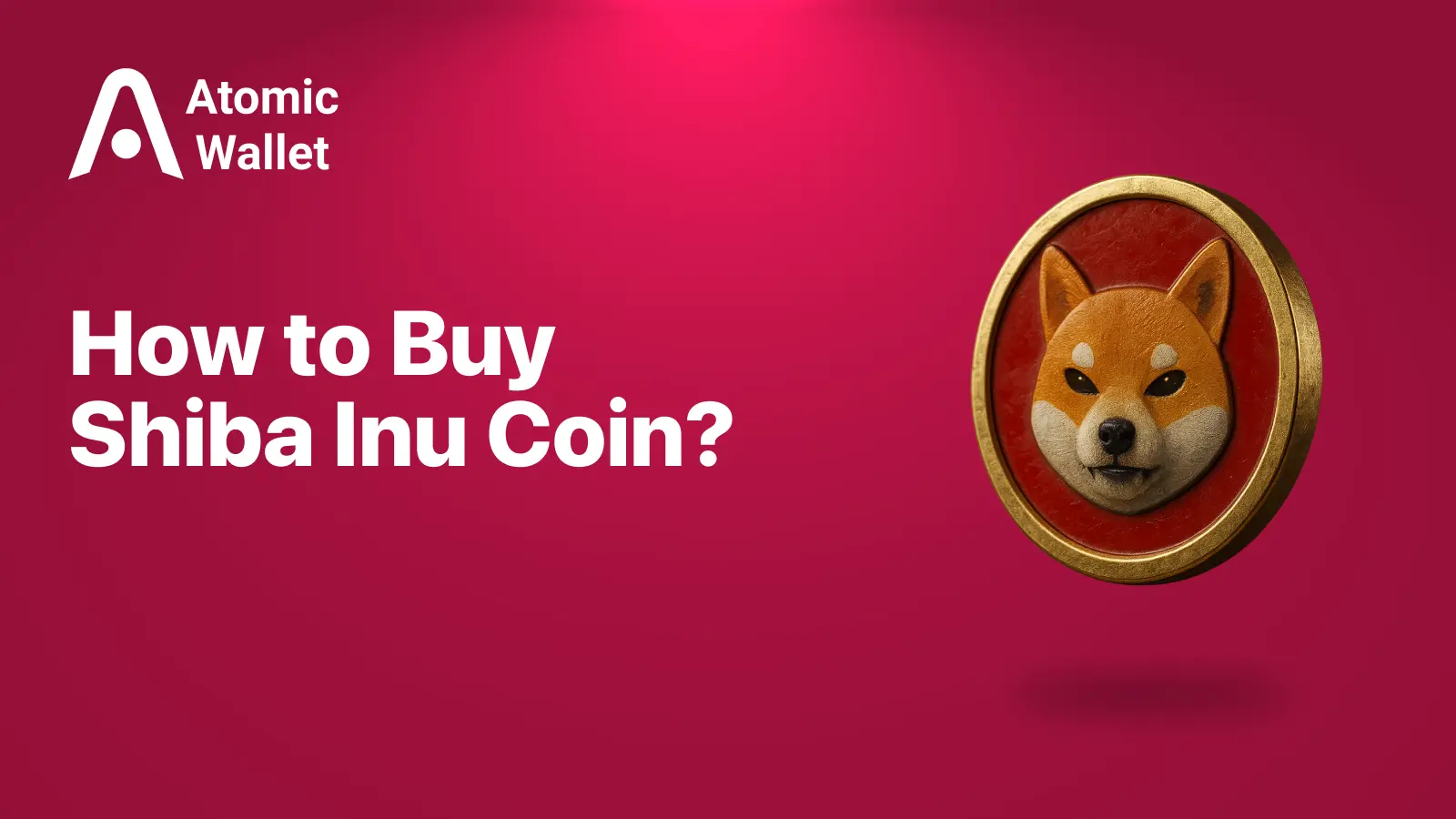Assets

Exchange

Buy Crypto




Cartesi (CTSI) is shaking up the blockchain scene by equipping developers with access to a full Linux environment through its native virtual machine, and high performance rollups designed to support next-generation dApps. This means developers can now build decentralized applications using the tools and languages they already know and love, enhancing the scalability and composability of dApps without compromising on decentralization.
Web3 development has been held back for years by the limitations of its tooling and scalability. Cartesi’s mission is to ensure that developers don’t waste their time or their potential on reinventing the wheel when it comes to the development stack and instead equips developers with a full Linux OS onchain to empower them to build the apps they want to bring to life.

Here’s the lowdown on what Cartesi brings to the Web3 space:
One of the coolest things about Cartesi is how it brings Linux into the blockchain world. This means developers can tap into a treasure trove of existing software libraries, tools, and services.
Why is this a big deal? Here’s why:

The Cartesi Virtual Machine is designed to work with RISC-V, an open standard for an abstract model of a computer that is supported by large corporations like NVIDIA, Intel, Google, QUALCOMM, and Tencent.
RISC-V is powerful enough to run an operating system like Linux as well as the software that it supports. Linux, specifically, can now be a blockchain operating system where web3 developers build dApps that transcend the limitations of the EVM.
By merging the reliability of Linux with the security and decentralization of blockchain, Cartesi is setting the stage for a future where building decentralized applications and smart contracts is not just easier, but also more efficient and versatile.
In search of maximum scalability, customizability, and fee predictability, Cartesi has moved beyond shared rollups architectures, specializing instead on building app-specific rollups (or appchains). App-specific rollups act as off-chain execution layers that inherit security and censorship guarantees from the Ethereum base layer. But now, instead of sharing space inside a single rollup, each dApp has its own dedicated rollup to process off-chain computation.
With this increase in computational capacity, dApps deployed on app-specific rollups can now begin to more closely mimic traditional software applications in terms of programmability, cost efficiency, fee predictability, and user experience.
CTSI holders can stake their tokens to participate in the ecosystem’s community-driven governance mechanisms. In addition to this, when staking, they earn rewards for validating blocks, with rewards automatically compounding. Users just connect their wallet, pick a pool, deposit Cartesi tokens (CTSI), and stake!

Interested in staking CTSI? Check out everything you need to know to get you up and running, from prerequisites to a comprehensive staking delegation guide here.
To learn more about participating in governance and voting on proposals, visit the Cartesi Governance Page.
Cartesi currently has over 50 contributors, including over 10 external teams. Instead of a single development company with outsized influence over core development, the core Cartesi infrastructure is primarily developed by many independent working groups and individual contributors. By dispersing influence and decision-making authority across a much more horizontal plane, the Cartesi ecosystem minimizes the potential for any one single point of failure for the project.
To address the coordination challenges posed by building core infrastructure in a fully distributed manner, Cartesi contributors recently adopted a new governance process for setting the ecosystem’s technical direction in the project’s Mainnet era.
Cartesi’s Technical Evolution Plan stands as a dynamic, evolving technical roadmap, maintained by the Technical Vision Council and created through a decentralized process driven by Cartesi contributors, ecosystem grantees, and the broader community.

Cartesi is opening up new possibilities for dApps in AI, Gaming, DeFi, and other frontiers of innovation. Within the Cartesi ecosystem, there are a number of exciting applications being developed along different verticals, check out:

Learn how to buy Shiba Coin safely, follow each SHIB step, and stay updated with key shiba news in this beginner-friendly guide.